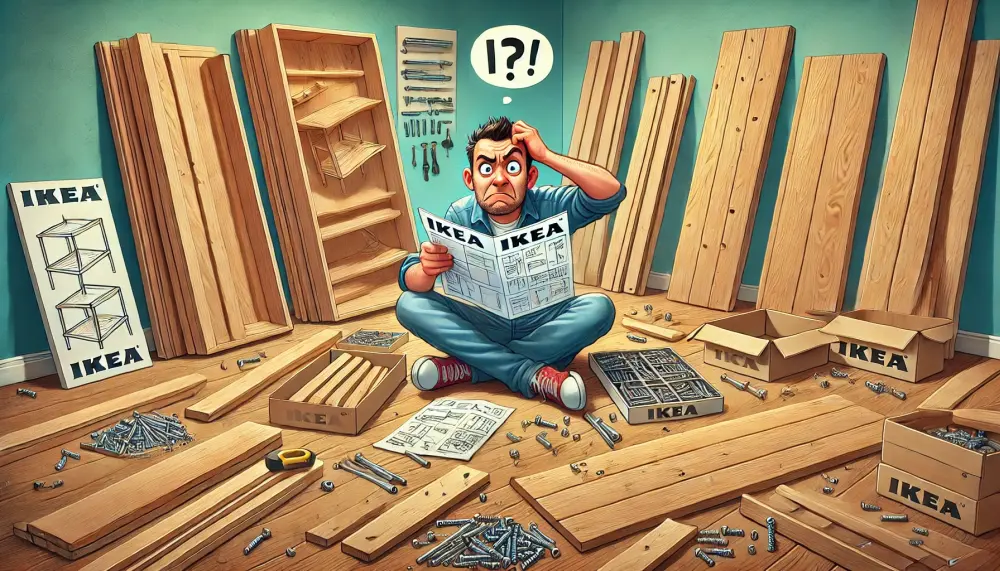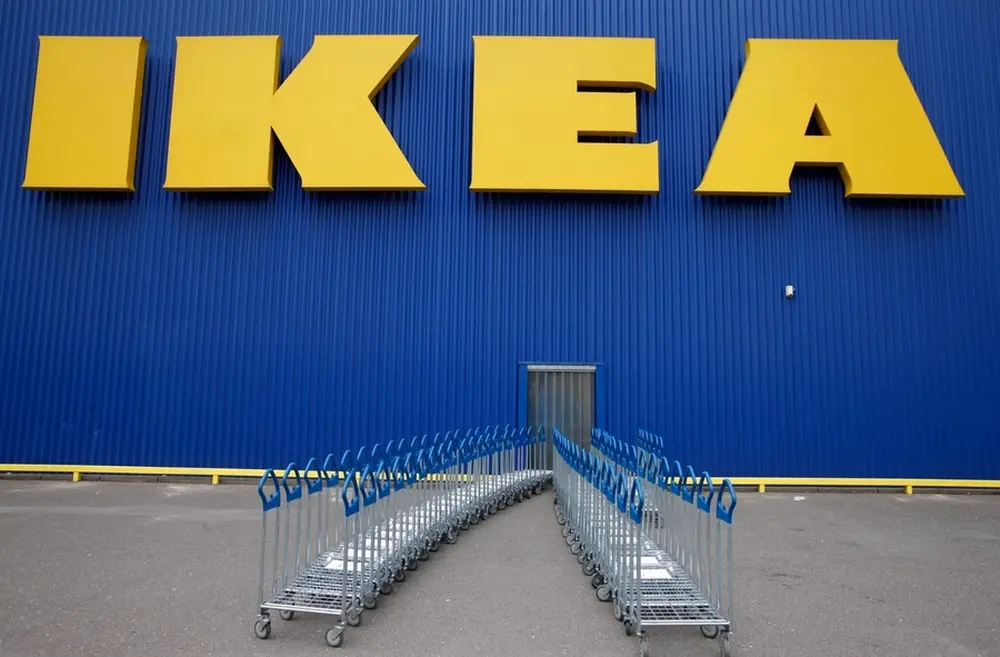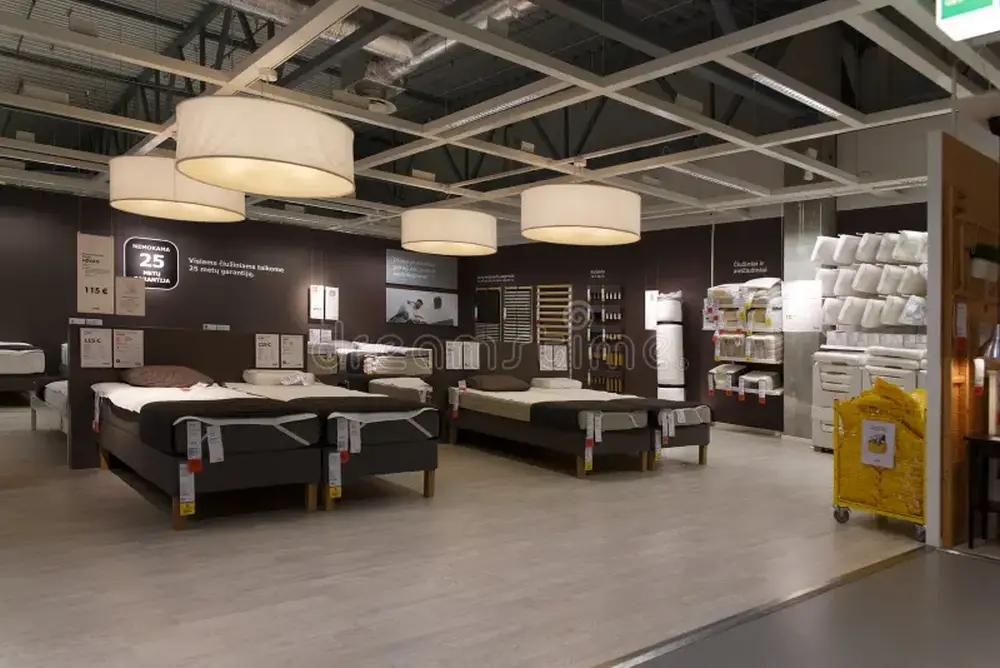Ikea, known for its affordable and stylish furniture, has experienced a sales decline of 5.3% in the past 12 months, ending August 31. However, the company has seen a steady rise in customer visits to both its physical and online stores, with increases of 4.5% and 21%, respectively. These figures indicate that, while the appetite for Ikea’s products remains strong, broader economic factors are at play.

Last year, Ikea hiked its prices, leading to record-breaking sales. But the company’s leadership, aware of the delicate balance in its pricing strategy, has shifted gears. By lowering prices in the past year, Ikea aimed to attract more customers and increase foot traffic. Jon Abrahamsson Ring, CEO of Ikea’s franchiser, recognizes the potential risks associated with raising prices and believes that affordability is key to sustaining long-term growth.

The global housing market plays a crucial role in Ikea’s performance. People typically buy furniture when they move into new homes, making the brand highly sensitive to property markets and interest rates. With interest rates beginning to fall and a rise in new home construction, Ikea expects to see a resurgence in furniture sales by 2025 as more people upgrade their living spaces.

In addition to adjusting its pricing strategy, Ikea has made significant strides in expanding its online presence. In fiscal 2024, online sales accounted for 25% of the company’s total revenue, compared to just 5% in 2019. The company’s investment in 44 new pickup locations over the past year has made it easier for customers to shop online, positioning Ikea for a strong rebound in the coming years.

#Ikea #FurnitureSales #DigitalTransformation #HousingMarket #HomeDecor #BusinessStrategy #Ecommerce #PriceCuts #2025Trends #InteriorDesign #Retail
